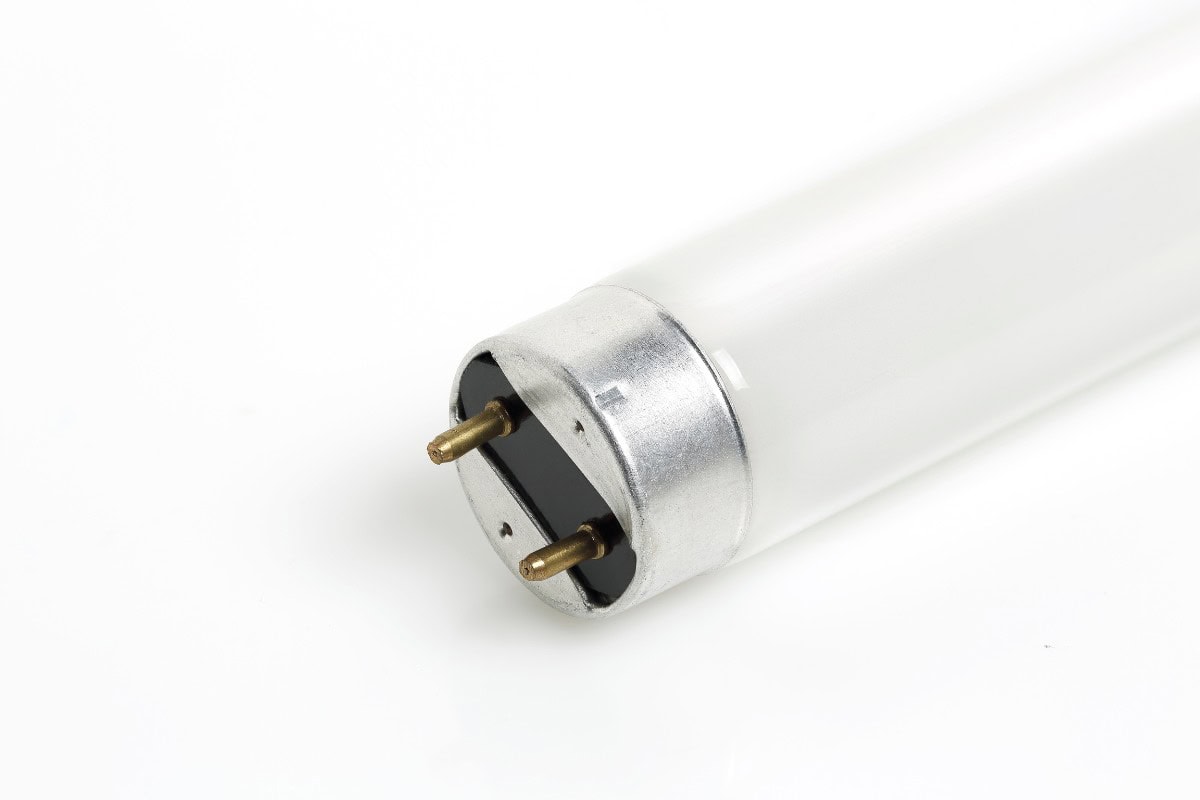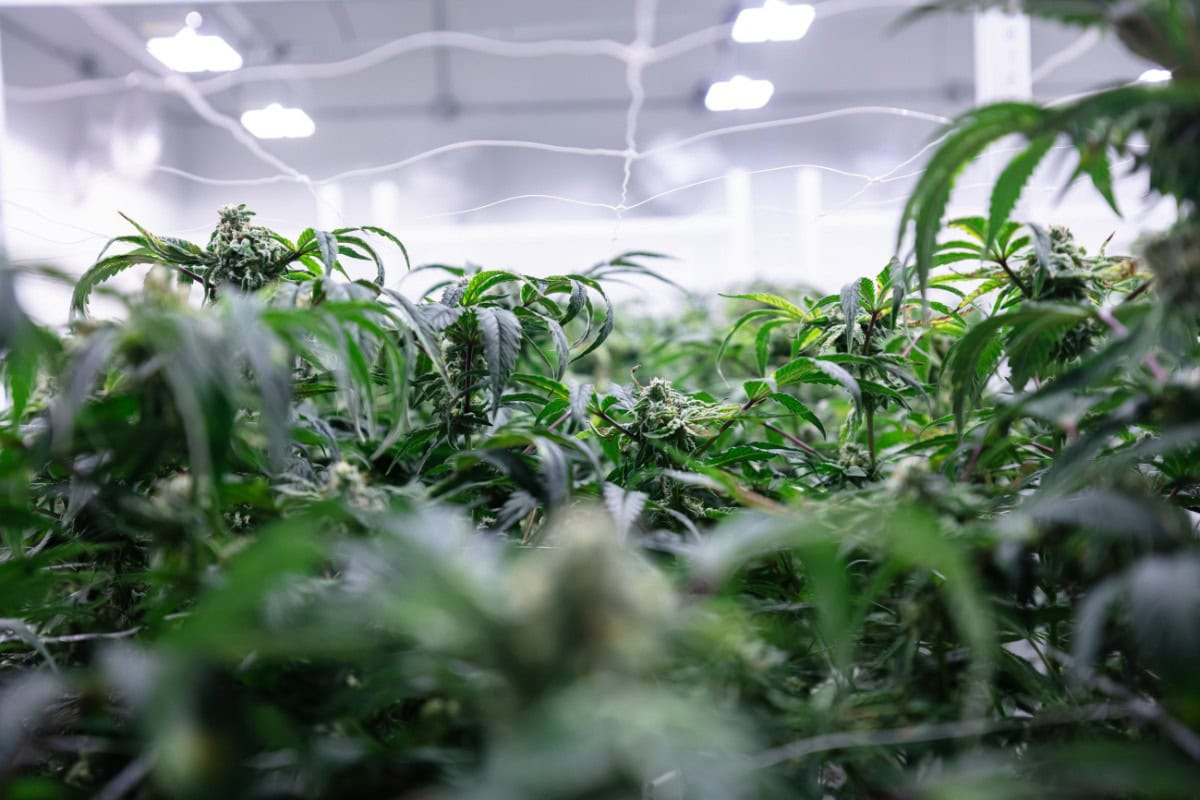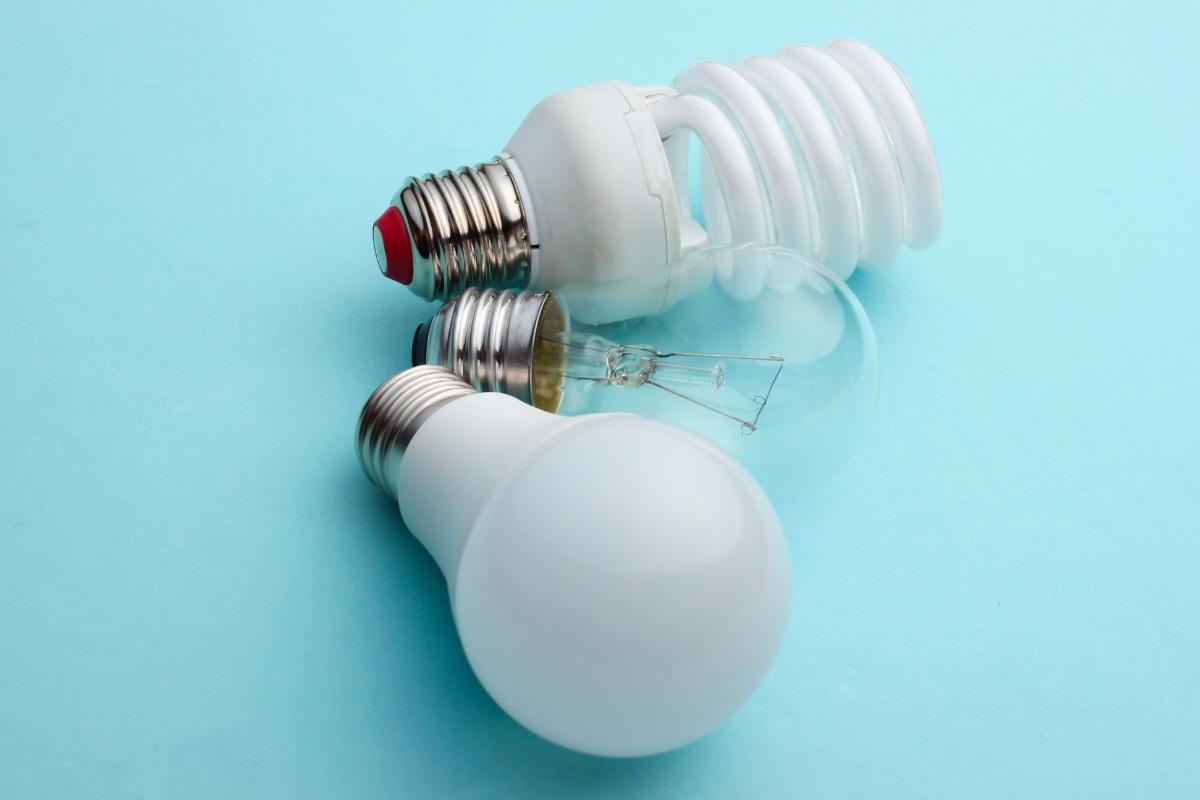When discussing T5 vs T8 grow lights, there are many different aspects to consider. A lot of people will argue that the T8 is cheaper and is known to be efficient, whereas other people will point out that T5 grow lights have excellent long-term saving potential and a better quality of light. All of these arguments and many more will be addressed in this article so that you can decide which is the better lamp for you and your plants.
Efficiency
Arguably, the most important aspect to consider in the T5 vs T8 debate is which bulb has the best efficiency for each light. After all, the more efficient a bulb is, the more money you’ll save and the better quality produce you’ll grow. When looking at the efficiency of each bulb, it’s important to consider two major areas: the quantity of light and the quality of the light.
Quantity of Light
The quantity of light produced can be judged by the amount of lumens per watt the light emits, as this indicates how much light is emitted per unit of power. The T5 is dominant in this area of the T5 vs T8 comparison, as it produces 100 lumens per watt, which is considerably more efficient than the T8, which produces 90 lumens per watt, so the T5 produces more light using the same amount of power.
Quality of Light
The quality of light is calculated through the color rendering index (RMI.) In terms of quality of light, both the T5 and T8 are equal, as they have a CRI of 85.
While both the T5 and T8 produce the same quality of light, it’s important to note that the T5 produces a higher quantity of light, so it can produce more high-quality light whilst using less energy than the T8, thus making it the more efficient of the two lamps. When analyzing the T5 vs. T8 comparison, it’s also worth noting that the T5 is also more useful when encouraging bloom in a plant, which makes the light a lot more versatile.
Heat Output
All grow lamps produce heat, and this can have a direct effect on their effectiveness, as too much heat can damage the plants. Both lamps operate at a relatively low heat, with the T5 working at 95 degrees Fahrenheit and the T8 working at 100 degrees Fahrenheit.
This is useful because it allows you to position both lights closer to the plants so that they can receive more light. However, when evaluating the heat output of the T5 vs T8, the T5 again emerges as the more productive lamp because that extra reduction in heat allows it to move closer to the plants and thus light them more effectively than the T8.
T5 vs T8: Financial Factors
While T8 light bulbs are cheaper to buy than T5, the long-term financial factors of the T5 vs. T8 argument must be considered.
Lifespan
The T5 has a lifespan of 20,000 hours, which is much larger than the 15,000-hour lifespan of the T8. While you won’t have to replace a T8 very often, if you plan on growing over a long period of time, then you’re still going to have to replace it a lot more frequently than you would have to replace a T5.
If you consider that there are 87000 hours in a year, this means you would have to replace your T8 light 5 times during that period, whereas you’d only have to replace the T5 three times, allowing you to save money on replacement bulbs in the long run.
Wattage
The T5 operates at much lower 28 watts, which is much lower than the T8, which operates at 36 watts. The lower wattage means it requires less electricity to run the T5, which will allow you to save money on your energy bill both in the short term and in the long term.
Efficiency
As mentioned above, the T5 is the more efficient lamp of the two and will help you grow high-quality produce. This is important to consider if you plan to sell the produce, as you can command a greater fee for better-quality produce. You can also use the enhanced lighting capabilities to grow produce quicker and thus grow more of it over a period of time.
When you take into account the reduction in energy, higher-quality produce, and longer lifespan of the T5, it’s easy to see that this is a much more financially beneficial option than the T8 and is clearly the better light in the T5 vs T8 debate.
Size
When looking at the size of a grow light, it’s important to understand what the numerical value in T5 and T8 represents. The numerical value here represents the diameter of the lamp and is measured in 8ths of an inch. Understanding this, we can see that the T5 is the smaller of the two at 5/8 of an inch in diameter, whereas the T8 is 8/8 (1 inch) of an inch in diameter.
This is important because the smaller light can be placed in smaller areas. This means that you can be more flexible with how you position your lamp in your grow chamber and can ensure that every plant receives the light it needs.
Ballast
The function of the ballast is to control the flow of electricity to the bulb, and both the T5 and T8 have different ballasts. While the T8 uses a somewhat dated magnetic ballast, the T5 works with the more popular and energy-efficient electronic ballast. Key facts about each ballast are listed below.
Magnetic Ballast
- Conducts electricity through one wire causing an inconsistent flow
- Produces a flickering sensation in the bulbs
- Creates a high-pitched buzzing noise
- Operates at 60 Hertz (Hz)
Electronic Ballast
- Conducts electricity through a series of unconnected coils to produce a consistent flow
- No flickering in the bulb
- Operates very quietly
- Smaller than a magnetic ballast
- If one lamp breaks, the other lamps will continue to work on the ballast
- Works at a frequency of 20000 Hz
Ballast is one area in the T5 vs T8 debate that is completely dominated by the T5, as electronic ballasts are much more energy efficient and produce a much higher quality of light. Most magnetic ballasts are being gradually replaced by electronic ballasts across several industries because of how much better the quality is from an electronic ballast.
T5 vs T8 Retrofit Conversion
If you’ve been using a T8 and want to change to a T5, there is a way to alter your current fittings so that you don’t have to replace them. Using a retrofit converter, you can convert your current T8 fitting so that it fits into a T5, and you can then use T5 tubes going forward. These converter kits bypass the T8’s magnetic ballast and use a new, more energy-efficient ballast, which reduces the wattage to make it compatible with a T5. Retrofit converters are a great way to save money and have been known to cut energy usage by 65%.
A Comparison Chart
The table below highlights the differences in the key factors between the two bulbs in the T5 vs T8 comparison.
| Lumens Per Watt | Colour Rendering Index | Size | Cost | Lifespan (Hours) | Temperature (Degrees Fahrenheit) | |
|---|---|---|---|---|---|---|
| T5 Light Bulb | 100 | 85 | 5/8 of an inch | $5 – $10 | 20,000 | 95 |
| T8 Light Bulb | 90 | 85 | 1 inch | $3 – $5 | 15, 000 | 100 |
As you can see, the T5 is clearly the more efficient light bulb in the T5 vs T8 comparison.
Conclusion
While the debate about T5 vs T8 is an ongoing battle, it’s gradually becoming clearer just how much better the T5 actually is. While the T8 may cost less to buy initially, the longer lifespan and energy-saving benefits of the T5 will help you save a lot of money in the long run. Also, because of its smaller size and the higher quantity of light it produces, you can encourage greater plant growth using the T5.









